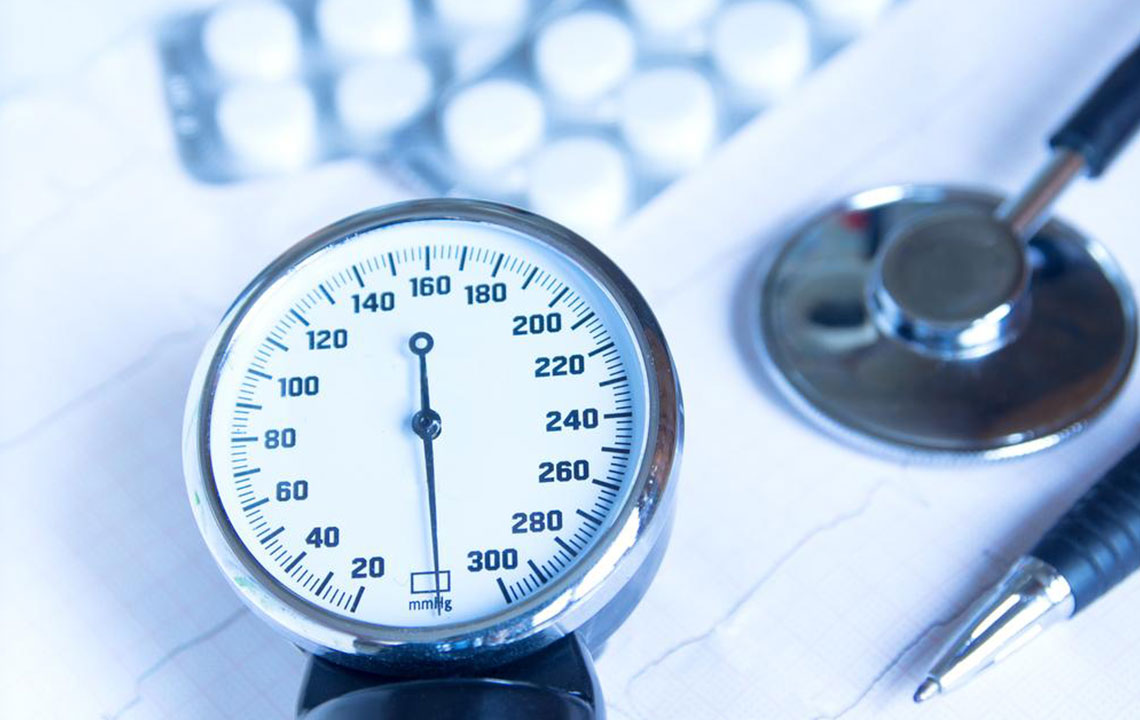Comprehensive Guide to Blood Pressure Management: Monitoring, Understanding, and Maintaining Healthy Levels
This comprehensive article explores the importance of understanding blood pressure, how to accurately monitor it at home, interpret various readings, and adopt effective lifestyle strategies to maintain optimal cardiovascular health. Equipped with expert classifications and prevention tips, readers can proactively manage their blood pressure and reduce health risks.

Comprehensive Guide to Blood Pressure Management: Monitoring, Understanding, and Maintaining Healthy Levels
Blood pressure is a vital indicator of overall cardiovascular health, reflecting how effectively your heart pumps blood through your arteries. Maintaining appropriate blood pressure levels is crucial in preventing serious health conditions such as heart disease, stroke, and kidney problems. This extensive guide provides a thorough overview of blood pressure basics, how to monitor it accurately, interpret the results, and adopt lifestyle strategies to ensure it remains within healthy ranges.
Understanding the Fundamentals of Blood Pressure
Blood pressure is the force exerted by circulating blood on the walls of arteries during each heartbeat. It is typically measured using a device called a sphygmomanometer, which provides readings that are essential for assessing cardiovascular health. Understanding what each part of the reading signifies helps in making informed health decisions.
Normal vs. Abnormal Blood Pressure: What You Need to Know
A typical blood pressure reading for healthy adults is around 120/80 mm Hg. Reading higher or lower than this indicates variations that could signal health issues. Elevated blood pressure (hypertension) can increase the risk of cardiovascular diseases, while low blood pressure (hypotension) may cause dizziness, fainting, or shock in severe cases. Numerous factors influence blood pressure, including diet, physical activity, genetics, stress levels, and overall lifestyle.
Deciphering Systolic and Diastolic Pressures
Blood pressure readings consist of two numbers: systolic and diastolic. The systolic value measures the pressure in arteries when the heart contracts during each beat. Conversely, the diastolic value indicates the pressure when the heart relaxes between beats. For example, in a reading of 130/90 mm Hg, 130 represents systolic pressure, and 90 indicates diastolic pressure. Both measurements are crucial, as they reveal different aspects of cardiovascular health.
Mercury-based sphygmomanometers have long been considered the gold standard for measuring blood pressure, providing precise readings that guide diagnosis and treatment.
Blood Pressure Classifications and What They MeanThe American Heart Association (AHA) classifies blood pressure into five categories to help individuals understand their health status:
Normal: Less than 120/80 mm Hg. Maintaining a healthy lifestyle can generally keep blood pressure within this range.
Prehypertension: Blood pressure between 120-139/80-89 mm Hg. This stage indicates increased risk, but lifestyle modifications such as diet and exercise can prevent progression to hypertension.
Stage 1 Hypertension: 140-159/90-99 mm Hg. Medical consultation is recommended, and lifestyle changes are usually advised alongside possible medication.
Stage 2 Hypertension: 160/100 mm Hg or higher. Immediate medical intervention may be necessary to prevent complications.
Hypertensive Crisis: Readings over 180/110 mm Hg require emergency medical attention. Symptoms such as severe headache, chest pain, vision alterations, or speech difficulty may occur, signaling urgent action.
Effective Strategies to Prevent and Control Blood Pressure
Prevention and management of high or low blood pressure involve adopting healthy lifestyle habits. These include balanced nutrition rich in fruits, vegetables, whole grains, lean proteins, and reduced salt intake. Regular physical activity, such as brisk walking, swimming, or cycling, can strengthen the heart and improve blood circulation. Limiting alcohol consumption and avoiding tobacco use are also vital. Routine health checkups enable early detection and effective management of blood pressure fluctuations.
Home blood pressure monitors are widely accessible and can be used to track your levels regularly. Daily monitoring enables you to identify trends and seek medical advice if necessary, facilitating better control of your blood pressure and reducing long-term health risks.
In conclusion, understanding blood pressure — what it signifies, how to measure it accurately, and the steps to maintain it within healthy ranges — is essential for long-term cardiovascular health. Whether you're managing existing conditions or aiming to prevent future issues, staying informed and proactive about blood pressure health can significantly impact your quality of life.





